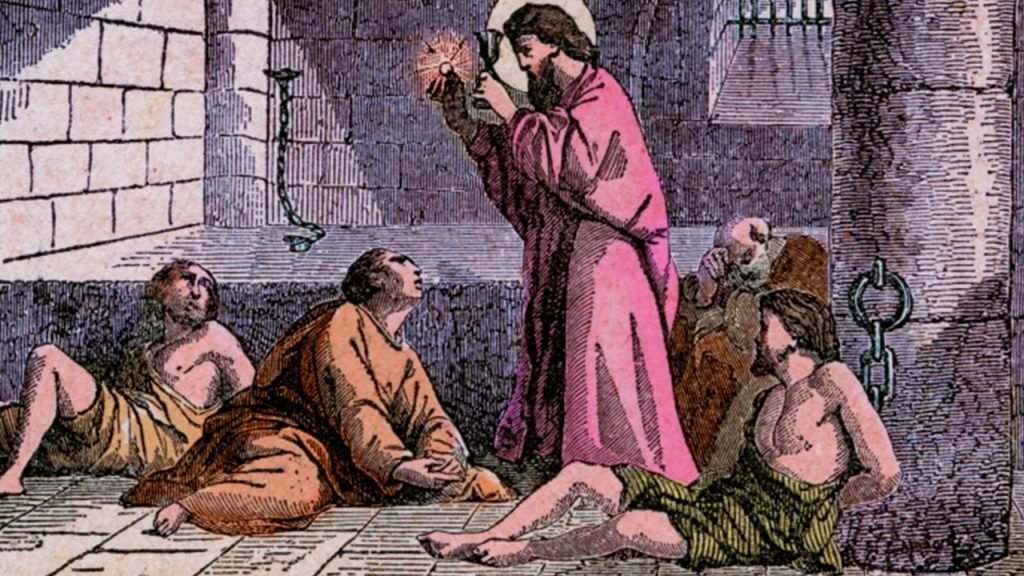Valentine’s Day happens every February 14. Around the United States and at other areas around the planet, candies, flowers and gifts are exchanged between loved ones, all in the name of St. Valentine. But who is this mysterious saint and where did those traditions come out? Learn about the history of Valentine’s Day, by the early Roman ritual of Lupercalia that welcomed spring into the card-giving traditions of Victorian England.
The Saga of Saint Valentine

The history of Valentine’s Day–and the narrative of its patron saint–is shrouded in mystery. We all do know that February has long been renowned as a month of love, which St. Valentine’s Day, as we understand it today, contains vestiges of both Christian and ancient Roman tradition. However, that was Saint Valentine, and how did he become associated with this ancient rite?
The Catholic Church recognizes at least three distinct saints named Valentine or Valentinus, all of whom were martyred. 1 legend contends that Valentine was a priest who served during the third century in Rome. When Emperor Claudius II decided that single men made better soldiers than those with wives and families, he outlawed marriage for young guys. Still others insist it was Saint Valentine of Terni, a bishop, that had been the legitimate namesake of this vacation. He, also, was beheaded by Claudius II out Rome.
Other stories suggest that Valentine may have been killed for attempting to help Christians escape harsh Roman prisons, where they’re frequently beaten and tortured. According to a legend, an imprisoned Valentine actually sent the first”valentine” greeting himself once he fell in love with a young woman –maybe his jailor’s daughter–who visited him during his confinement. Before his death, it is alleged that he wrote her a letter signed”From your Valentine,” an expression that’s still in use now. From the Middle Ages, possibly thanks to the standing, Valentine would turn into one of the most well-known saints in England and France.
Origins of Valentine’s Day: A Pagan Festival at February
Though many believe that Valentine’s Day is celebrated in the middle of February to commemorate the anniversary of Valentine’s death or burial–which probably occurred around A.D. 270–others claim that the Christian church may have opted to put St. Valentine’s feast day in the middle of February in an attempt to”Christianize” the pagan celebration of Lupercalia. Celebrated at the ides of February, or February 15, Lupercalia was a fertility festival dedicated to Faunus, the Roman god of agriculture, as well Regarding the Roman founders Romulus and Remus. The priests could sacrifice a goat, for fertility, and a dog, for purification. They’d then strip the goat’s hide into strips, then dip them in the sacrificial blood and take to the streets, gently slapping both women and harvest fields with all the goat hide. Far from being fearful, Roman women welcomed the signature of their hides because it was thought to make them more prosperous in the coming year. Later in the afternoon, according to legend, all of the young girls in the city would place their names in a large urn. The city’s bachelors would each pick a title and become paired for the year with his chosen girl.
